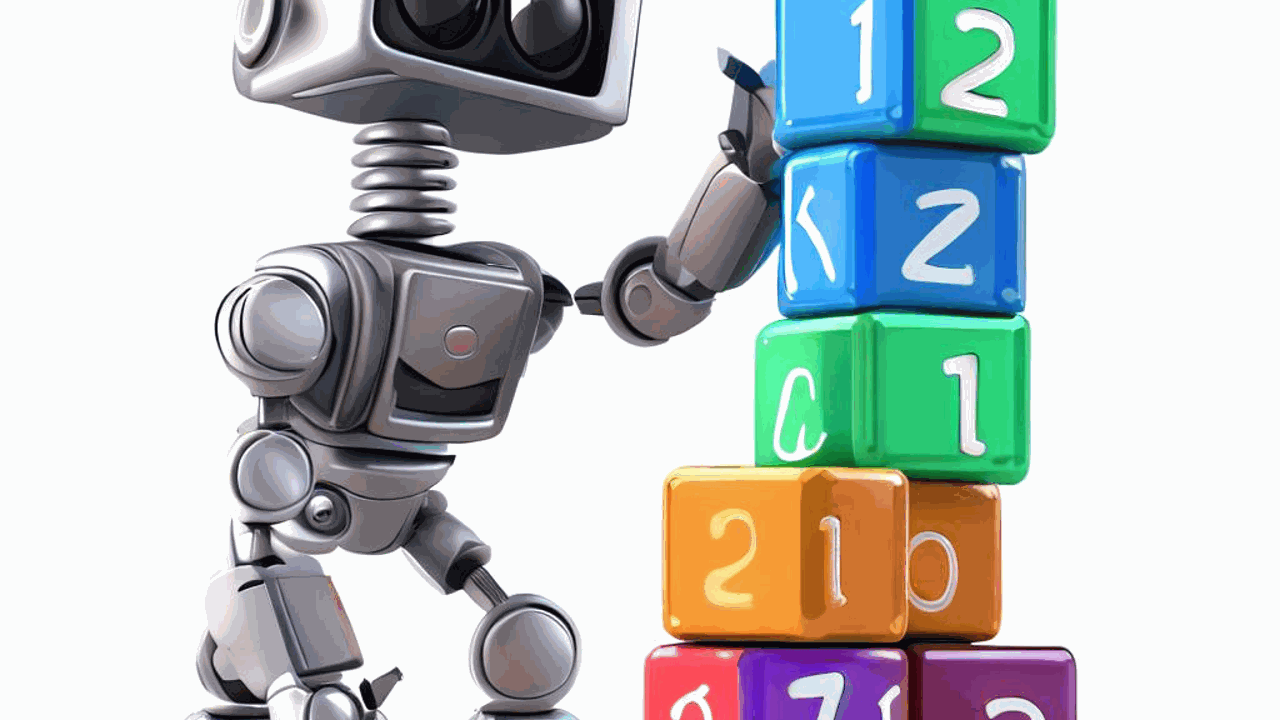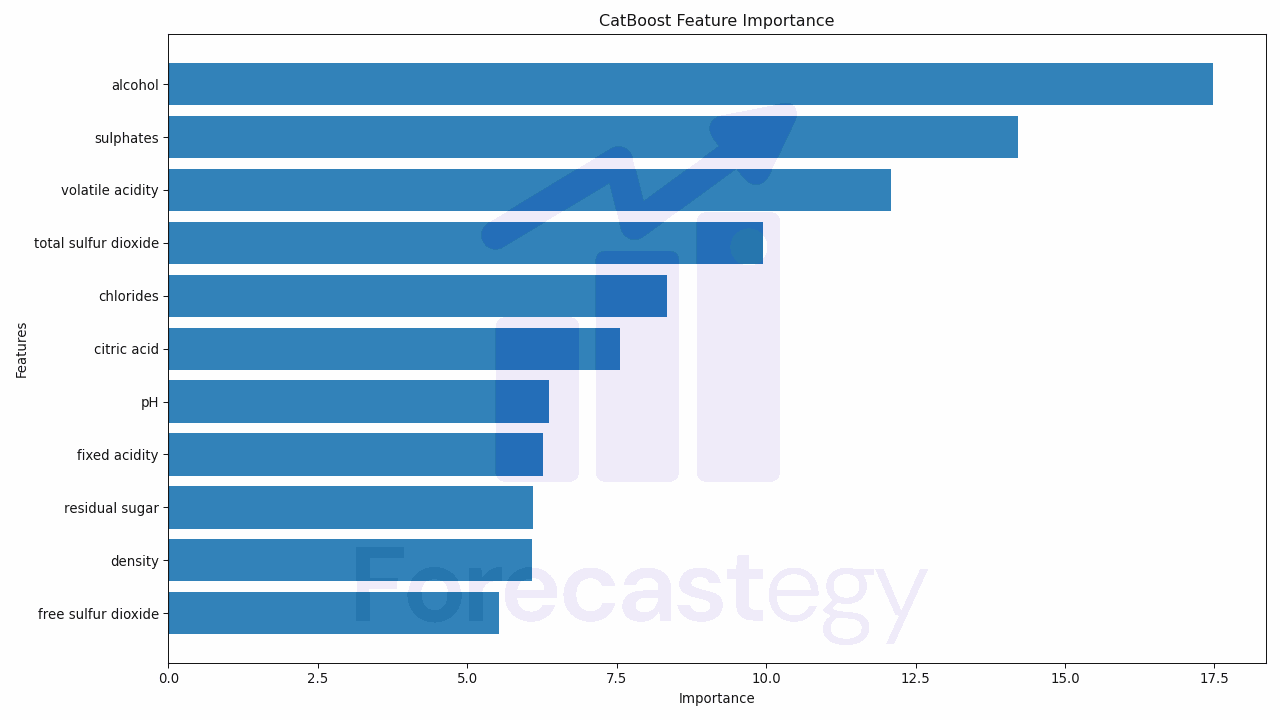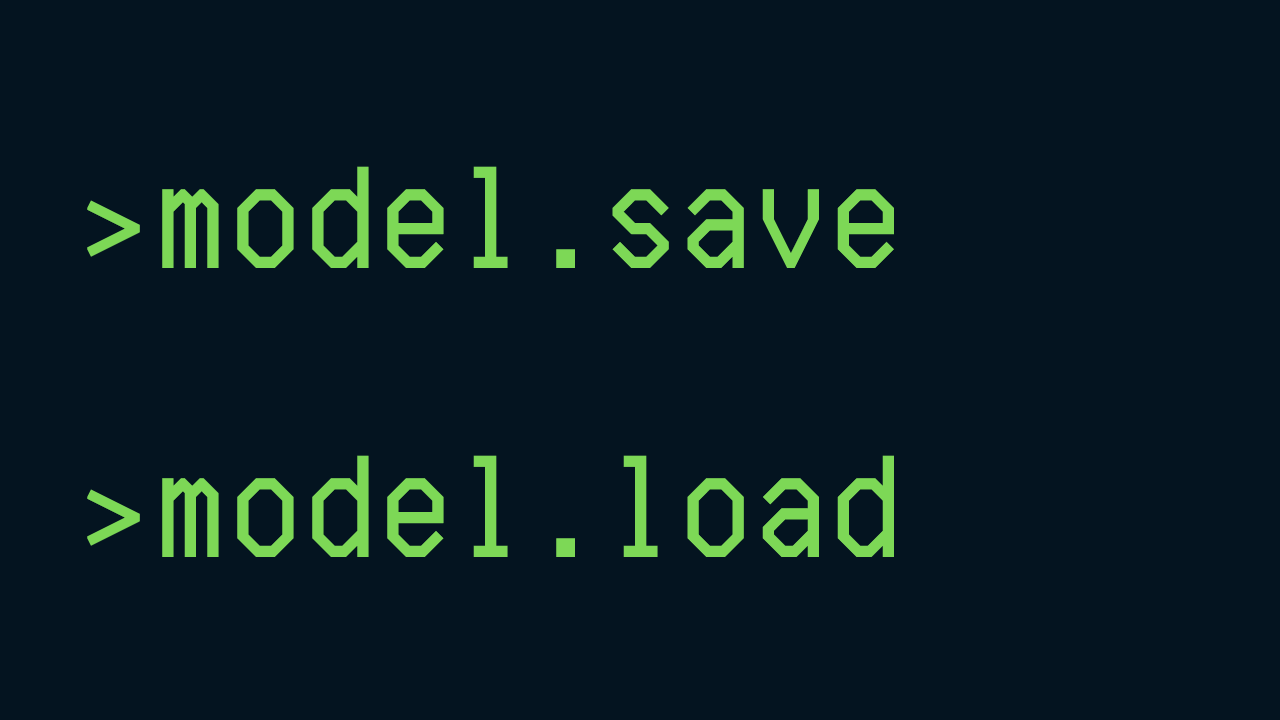
Qualitative Analysis on Interview Transcripts with GPT-4o
You have access to more data than you think – call transcripts, customer interviews, product reviews, competitor landing pages, blog content – there are hidden insights everywhere. You just have to be willing to sift through reams of unstructured data. Thankfully ChatGPT is more than willing and never gets bored or takes a break. I work as a prompt engineer, and just wrote a prompt engineering book with O’Reilly, so when I needed to do qualitative analysis on customer interviews recently I decided to write a script for GPT-4o to do it for me....


















